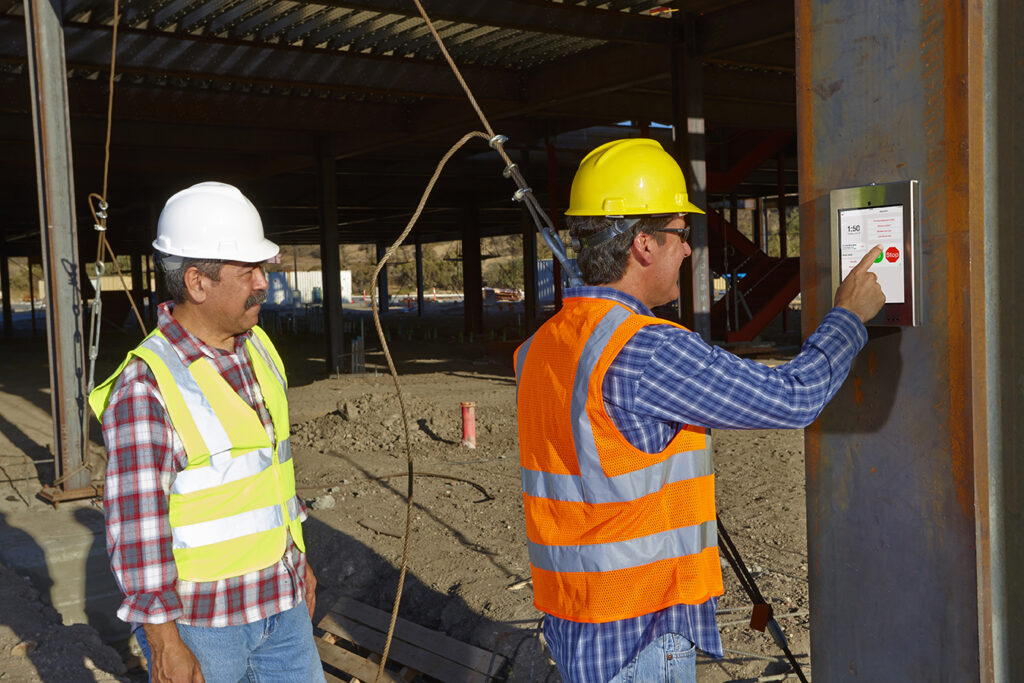The ability to accurately track employee hours is critical for businesses across industries. In today’s fast-paced work environment where project timelines are tight and unexpected challenges are common, tracking overtime becomes even more crucial. Many companies often struggle with manual overtime tracking systems that are prone to errors and inefficiencies, leading to compliance issues and financial losses. Implementing an effective overtime tracking software can be the difference between operational success and failure. This guide will cover why tracking overtime hours matters and how it impacts productivity, as well as provide tips for monitoring overtime hours worked.
Why Meticulous Overtime Tracking Matters
For small and mid-sized businesses using paper or basic spreadsheets, overtime errors and missed hours sneak in easily. This results in incorrect labor costing and skewed project estimates. Staying compliant with complex pay regulations requires diligent tracking across all industries. An accurate system reduces compliance risks and provides legal protection for any business.
Proper overtime tracking shows employees their time is valued. It fosters trust, satisfaction and engagement when workers feel confident they are paid fairly for all extra hours. For both operations and HR in any organization, the ability to accurately track overtime should be a priority.
Overtime’s Role in Productivity
Defining Overtime
For hourly non-exempt employees, overtime refers to any hours exceeding 40 in a fixed 7-day workweek. These hours are based on actual hours worked, regardless of scheduled hours. Any time worked over 40 hours must be paid at 1.5 times the regular pay rate. Holidays, paid leave and other non-work hours do not apply toward overtime. However, specific overtime rules can vary by industry, location and company policy, so it’s crucial for businesses to understand and apply the relevant regulations.
The Productivity Impact of Overtime
Some overtime is often necessary in many industries to meet deadlines. However, excessive overtime can negatively impact productivity and quality. Studies show output declines as workweeks exceed 50 hours. Mental fatigue sets in, and errors increase.
By analyzing trends, management can anticipate demand spikes before excessive hours are required. This enables smoother capacity adjustments and workflow. A moderate amount of overtime, under 10 hours per week, can boost productivity. If working hours exceed that number, companies need to carefully assess their staffing and processes.
Overtime data provides a big-picture look into a company’s capacity and staffing needs. Consistently high overtime across departments or projects often signals understaffing issues. Team members may lack the bandwidth to complete work efficiently within regular working hours.
Conversely, low overtime may indicate overstaffing or process inefficiencies. Finding the right balance at peak times can optimize productivity and resource allocation. Quality tracking provides the metrics to find the optimal balance, regardless of industry or company size.
Why Workers Benefit from Accurate Tracking
Employees relying on overtime pay need to know they will be properly compensated. Manual time sheets leave room for error because employees can get shortchanged without noticing. An automated system applied consistently across staff ensures each person receives their due overtime pay. It eliminates the guesswork around compensation and provides confidence in fair treatment.
Promoting Fair Compensation
Automated tracking removes doubts about overtime pay calculations. It confirms that employees’ extra work hours translate directly into proportionate extra pay, promoting satisfaction and trust in fair compensation processes.
Preventing Overwork and Burnout
Without proper monitoring of working hours, the pressure to work extra can go too far. Some employees end up over-extending to avoid letting teammates down. Automated tracking and caps on overtime provide guardrails to prevent burnout.
Boosting Time Management
Overtime data can reveal where workers struggle with time management skills. Those accruing excessive hours worked may need help working more efficiently. Managers can use this information to collaborate with employees, building schedules that balance demands and prevent fatigue.
Accurate overtime tracking boosts personal organization and focus for employees. Analytics from an automated system illuminate areas for improvement, benefiting both the individual and the organization.
How Businesses Benefit from Tracking Overtime
Accurate overtime tracking provides numerous advantages for businesses across all industries. Managers gain real-time insight into overtime patterns throughout their organization, enabling data-driven decisions around staffing, scheduling and performance. This visibility allows companies to optimize resource allocation, control labor costs and improve overall operational efficiency. Furthermore, precise overtime tracking helps ensure compliance with labor laws and regulations, reducing the risk of costly penalties or legal disputes. By leveraging this data, businesses can strike a balance between meeting production demands and maintaining employee well-being, ultimately driving long-term success and sustainability. Here’s an overview:
Enhanced Workforce Planning
A data-driven approach allows managers to optimize job assignments and prevent worker fatigue by adjusting schedules and allocating resources as the workload demands. It also aids in predicting future staffing needs during peak periods.
Improved Productivity Measurement
With precise hours tracked, productivity metrics become more accurate. This aids in performance assessment and progress monitoring. Analyzing trends helps managers set targets around optimal overtime usage for maximum productivity. Detailed reporting by department or job role can pinpoint where team members are being over-utilized.
Ensuring Compliance
Meticulous overtime data provides audit trails to prove compliance with legal requirements and company policies. Maintaining detailed reports protects the business from violations resulting in fines or litigation. It also improves the accuracy of certified payroll filings required for various regulatory purposes. Records ensure managers can provide necessary documentation during audits or disputes.
Careful tracking safeguards the bottom line by ensuring accurate payroll, preventing budget overages from runaway overtime and avoiding non-compliance penalties that could impact the company’s finances.
Best Practices for Tracking Overtime
Implementing effective overtime tracking practices is crucial for businesses to maintain accuracy, compliance and efficiency. Automating overtime trackers is a key step, as it eliminates the errors and inconsistencies often associated with manual, handwritten records. The most reliable overtime tracking software incorporates multiple layers of verification to ensure data integrity and prevent time theft or fraud. These automated systems not only improve accuracy but also save time for both employees and management, streamlining the entire process of recording, approving and processing overtime hours. By adopting these best practices, companies can significantly reduce payroll errors, improve transparency and gain valuable insights into their workforce management. Here’s a breakdown:
- Digital time clocks: Employees can clock in and out via web/mobile apps, onsite kiosks, or phone.
- Geofencing: GPS mobile data confirms clock locations match working location to prevent payroll fraud.
- Photo verification: Submitting a selfie during clock-in prevents buddy punching.
- Manager approval: Overtime alerts notify managers for authorization before pay finalization.
- Employee confirmation: Workers digitally sign to confirm overtime hours for the pay period are accurate.
- Payroll integrations: Tie-ins with payroll systems pass along verified data for automated compensation.
Together, these controls result in accurate records and precise compensation. They prevent inflated overtime costs while ensuring employees never miss earned overtime pay.
Why Choose Exaktime:
When it comes to overtime tracking, ExakTime offers solutions for businesses of all sizes. We understand that many organizations are still relying on paper time sheets or spreadsheets. ExakTime was built to bring companies like yours into the 21st century. Our tools automate manual processes, so you stop wasting time chasing paper.
ExakTime uses mobile apps and geofencing to make it simple for employees to submit verified time sheets. For the back office, ExakTime simplifies payroll and compliance. You get insightful reports and a searchable database, not a filing cabinet full of papers.
Our software is designed to meet the needs of the construction industry, with features that support certified payroll, prevailing wage calculations, and other specialized requirements.
Ready to step into the 21st century? Visit www.exaktime.com and see how ExakTime can solve your overtime tracking headaches. You’ll wonder why you didn’t make the switch sooner.



